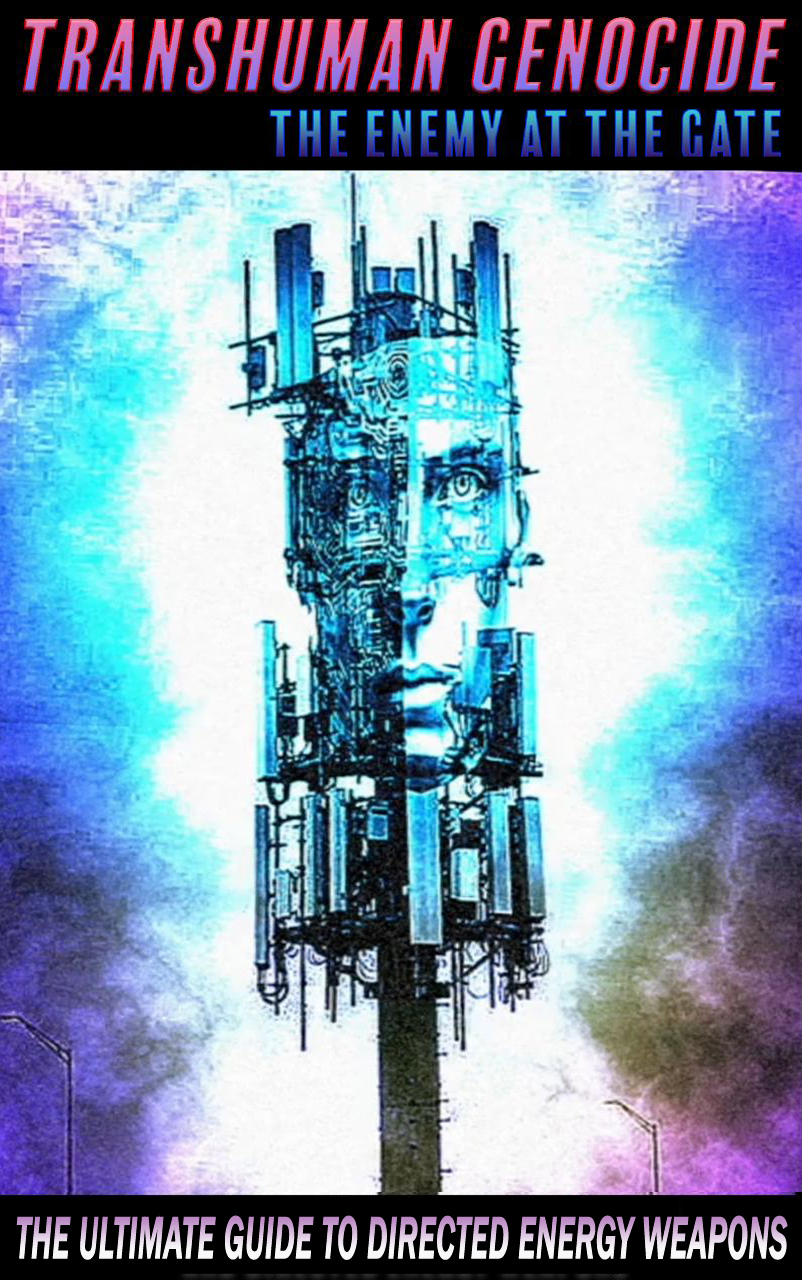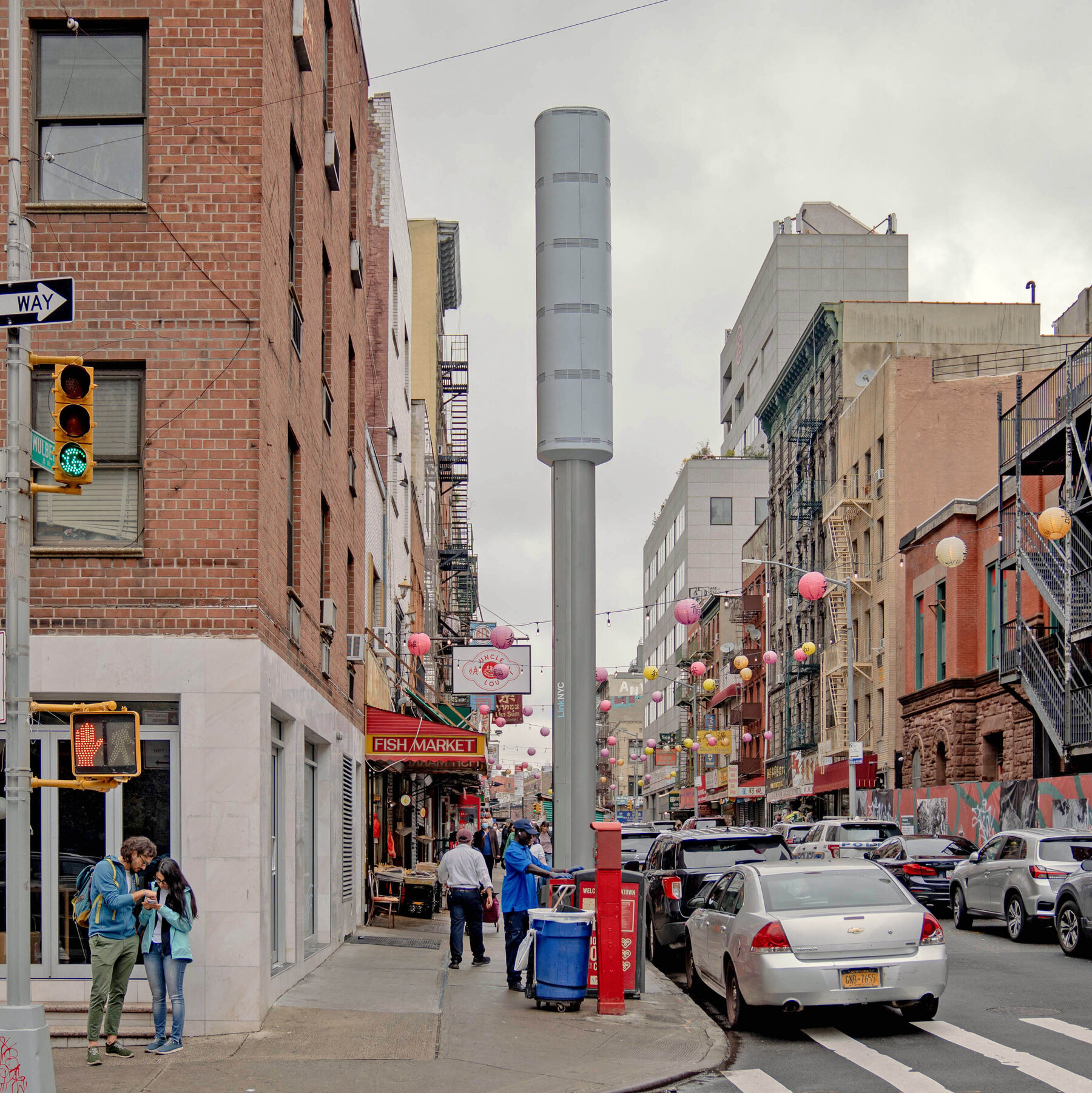A mobile phone mast at an elementary school in the USA, seemingly innocuous, became a focal point for controversy. Parents, alarmed by cancer cases among students, petitioned for its removal despite safety tests indicating compliance with federal standards. The mast, once situated near young minds, was later relocated to a strawberry farm, sparking concerns about health risks and environmental impact.

Cell phone towers, often seen as modern conveniences, emit radiofrequency (RF) waves to transmit signals. While conventional wisdom suggests these waves pose minimal health risks, the need for further research remains paramount. The official narrative downplays any immediate harm, emphasizing the absence of direct DNA damage from non-ionizing radiation.
Yet, a pattern emerges across the United States, revealing a different story. Communities like Ripon, California, and Liberty, Missouri, faced cancer clusters near cell towers, prompting public outcry and legal battles. Concerned citizens, including parents and unions, successfully halted tower installations, highlighting widespread unease about potential health hazards.
The implications are profound. Parents advocating for their children’s safety clash with authorities and corporations dismissing their fears. The control over information and decision-making becomes clear as communities grapple with conflicting assurances of safety against mounting health concerns. The most vulnerable, children and teachers, bear the brunt of this struggle for control.
Intent, means, and opportunity align within this web of conflicting interests. Corporate entities, backed by governmental bodies, push forward with technological advancements while disregarding public health apprehensions. The intent to expand infrastructure for profit, the means to dismiss health risks, and the opportunity to exploit regulatory gaps form a trifecta of power dynamics favoring the status quo.
Looking ahead, the battle between public welfare and corporate interests will intensify. As technological integration deepens, questions of accountability and transparency will shape the future landscape. The trajectory seems set for a showdown between those seeking control and those fighting for autonomy and well-being. The outcome will determine not just the fate of cell towers, but the balance of power in our increasingly interconnected world.

